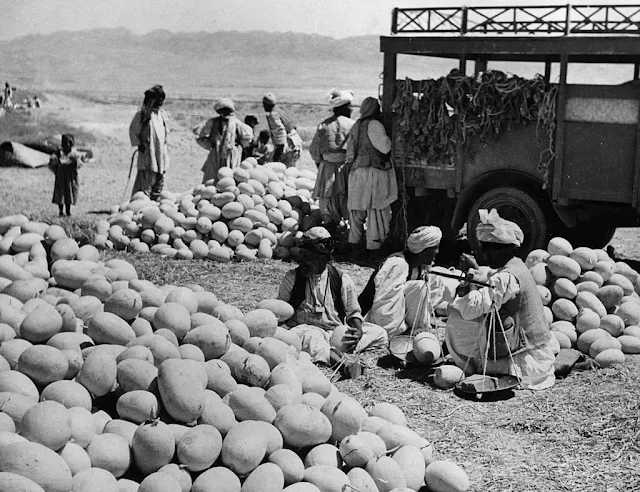Abdullah Khan Achakzai's father Shadi Khan was an Arzbegi in the Durrani court (the arzbegi was responsible for dealing with claims against officials submitted by citizens). Around 1819, a quarrel took place between the two sons of Shadi Khan Arzbegi, in which Yar Muhammad Khan lost his life at the hands of Abdullah Khan, his younger brother. Quetta-Pishin Gazetteer (1907) records an anectode about the manner of death which Abdullah Khan inflicted on Yar Muhammad Khan :
"In order to get rid of his elder brother, who stood between him and the inheritance, he caused him to be seized and buried him up to the chin in the earth. A rope was then fastened round his neck and to the end of it was haltered a wild horse : the animal was then driven round in a circle untill the unhappy victim's head was twisted from his shoulders."
During First Anglo-Afghan war, Haji Sarbuland Khan (son of Yar Muhammad Khan) and Saleh Muhammad Khan (Yar Muhammad Khan's nephew) espoused the cause of Saddozais and supported the British while Abdullah Khan, supported by the whole of the Achakzai tribe, took the Barakzai side and bitterly oppossed the British advance in the area. He and his two sons were killed in the battle of the 23rd September of 1841, in Kabul. Haji Sarbuland Khan was wounded fighting on the British side.
In 1907 Killa Abdullah was divided into three parts ; the village ; the railway station, the fort and serai; and the bazar. Its population in 1907 was 344 (males 182, females 162) and comprised 212 Achakzais, 40 Sayyids, 77 Kakars and 15 others. It possessed a mosque in charge of an Imam, who lived on zakat, and three rooms for students (talibs). The water supply to the village was from Dehsora karez the water being stored in a tank. The village possessed ten gardens, which covered an area of over 29 acres, the princapal fruits being grapes of the haita, sara kishmishi, and sahibi varieties, apricots, almonds and quinces. The Kandahari dealers bought the fruit and exported it to Quetta. It realized about Rs.2,000 per annum. Melons and water-melons were also grown.
References:
1- 'History of the Pathans', Vol-1, by Haroon Rashid
2- Quetta-Pishin Gazetteer (1907)
.jpg) |
| Troopers of the Auchukzye (Achakzai) horse, Fort of Killeh Abdooleh (Qillah Abdullah) in the background, 1843. By James Atkinson. |
 |
| Haji Sarbuland Khan Achakzai (seated), Kandahar, 1878. Source |
 |
| 1937 ; Melons being unloaded from lorries at Qilla Abdullah station before being dispatched by rail to fruit markets in Lahore. |
.jpg)
Good
ReplyDelete